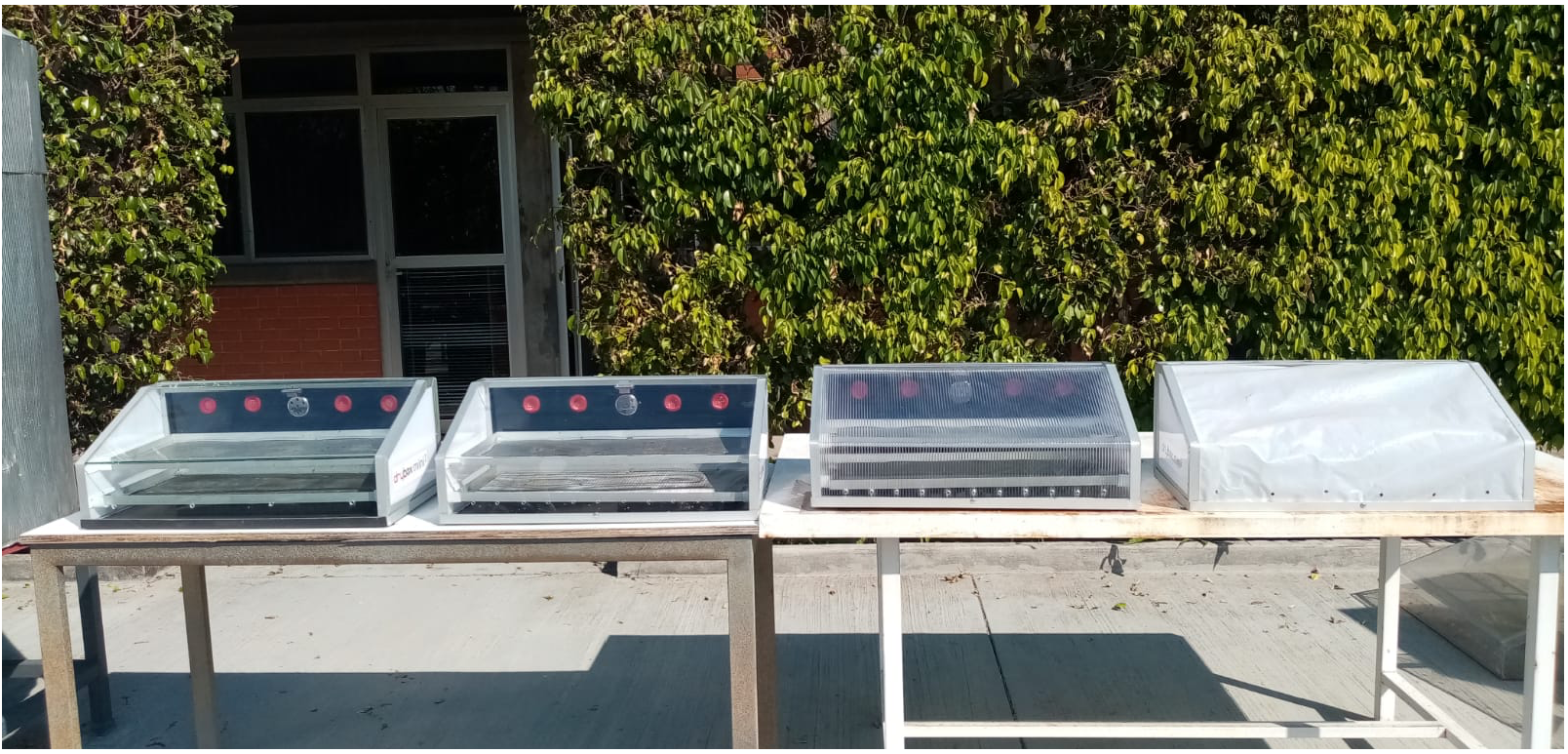 |
|
Carambola is an excellent C-vitamin source and other healthy nutrients; unfortunately, because its high moisture content is a very perishable fruit. Solar drying is a feasible solution for its preservation. However, the optimal drying conditions depend on the dryer material. A natural convection sun-dryer was modified using four different materials: glass, acrylic, polycarbonate, and polyethylene. The moisture content of carambola slices was reduced from 89.23% to final moisture content between 2.2% and 5.9% in a maximum time of 650 min. The final water activity of dried samples ranged from 0.310 to 0.414. The color analysis of carambola indicated a decrease in lightness while a and b parameters increased; the mix of red and yellow resulted in an orange product which turned slightly brown as lightness decreased. In addition, the ascorbic acid reduced from 338.46 mg/100 g (d.b) to 159.50 mg/100 g- 124.37 mg/100 g (d.b), depending on the cover material. In general, polycarbonate dryers show less degradation of components due to the lower temperatures reached in their drying chamber. However, the solar drying of carambola with all the covers is technically, economically, and environmentally feasible compared to conventional technologies, such as the electric oven used in this work.
Keywords: Drying of fruit, solar drying, carambola, physicochemical properties, type of cover.
|
|
 |

